Serene Green Dreams
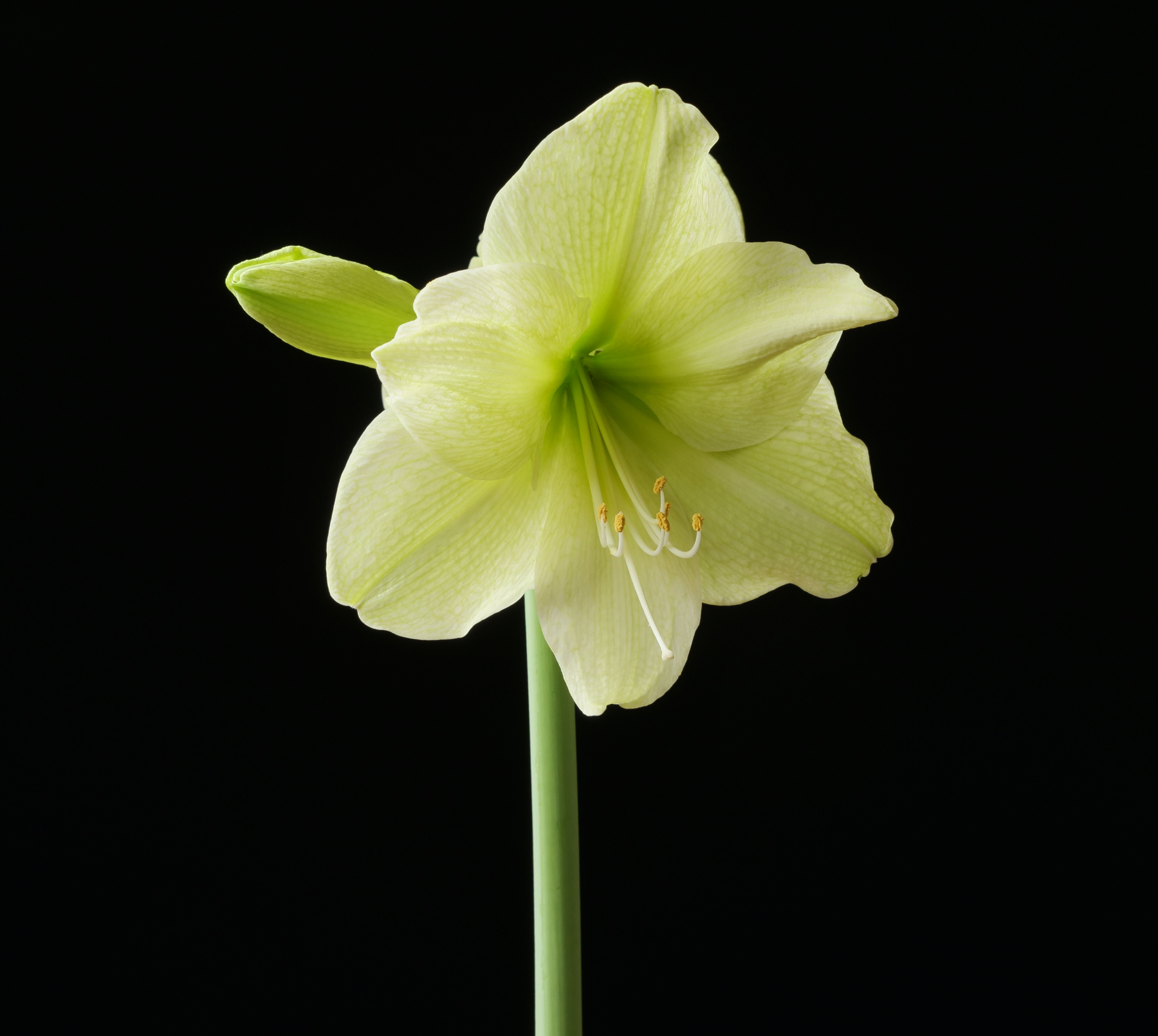
In a recent effort to see what might be substituted for ‘Limona’, which is presumably out of production, an unfamiliar but beautiful sight opened on my windowsill. It looked a lot like what ‘Limona’ was originally touted to be, a clean, creamy pale green with yellow tones (or pale yellow with green tones?). In reality, ‘Limona’ just about always displayed some degree of salmon marking on the face. The effect could be subtle and attractive, or downright distracting. This was seen as a flaw by many (the stock photos of it with a clean face didn’t help), but it was a strong grower and willing bloomer. No matter what, it looked terrific in any floral arrangement, where the salmon coloring was an asset. It made the rounds in commerce for about 15 years, but by 2015 or so, many other cream-green-light yellow cultivars saw it sidelined.
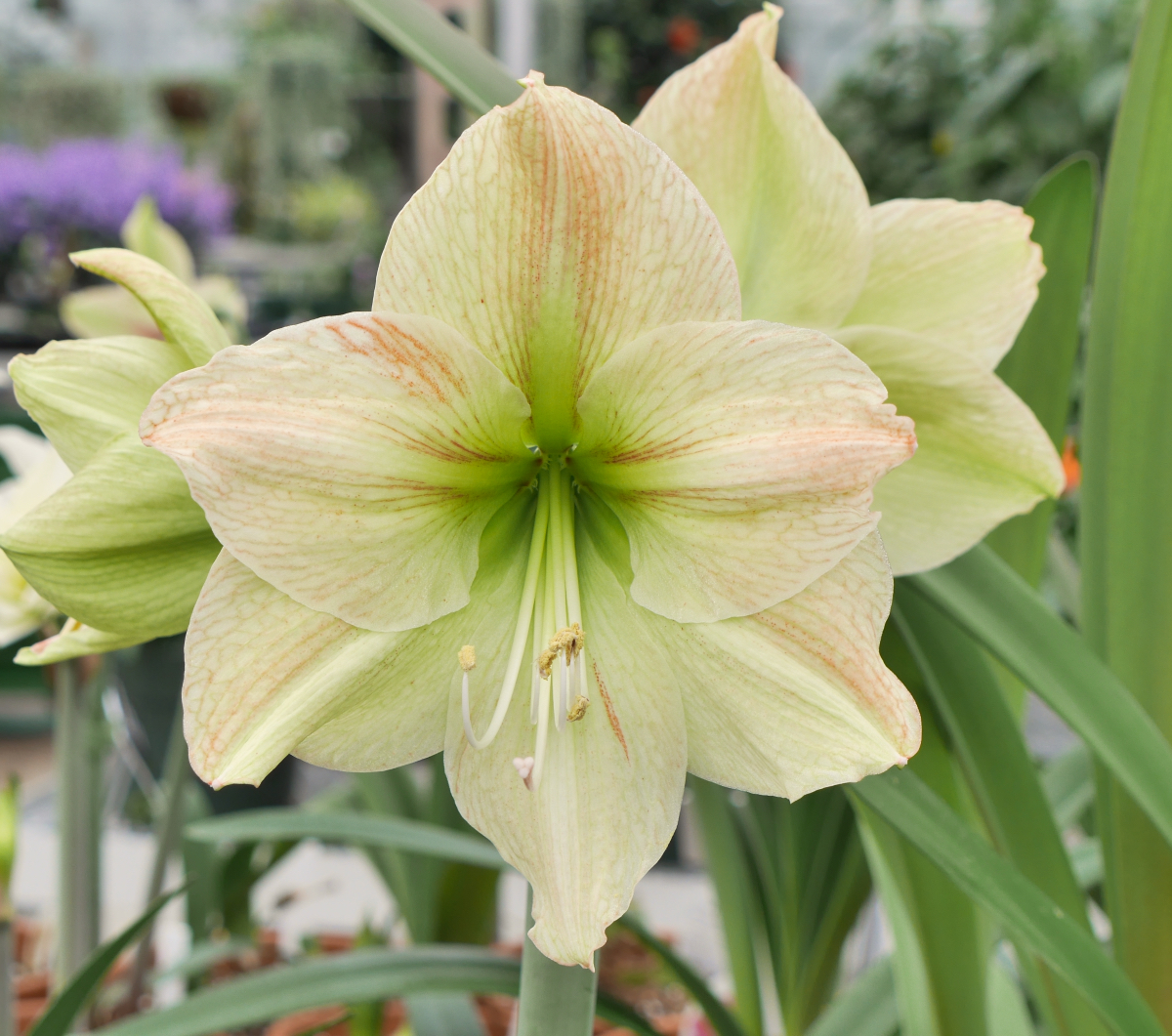
While of course I wasn’t expecting ‘Limona’, I thought with some certainty that I would easily figure out the identity
of whatever resulted, including the greenish beauty before me. Would I get a second chance to see ‘Louise’, which was sold for only two seasons? It is too long gone, so not likely. Could I hope to get a cutflower variety that wouldn’t normally be sold as a dry bulb? It has happened before. My mind and eyes wandered the cutflower sites. Could I have gotten Penning’s ‘Avalanche’?! Close, but, no. It would have been a terrific choice, as it is light green with more reduced and refined salmon “whiskers”, or as noted in its registry “unicolored with trace” just as noted for ‘Limona’.
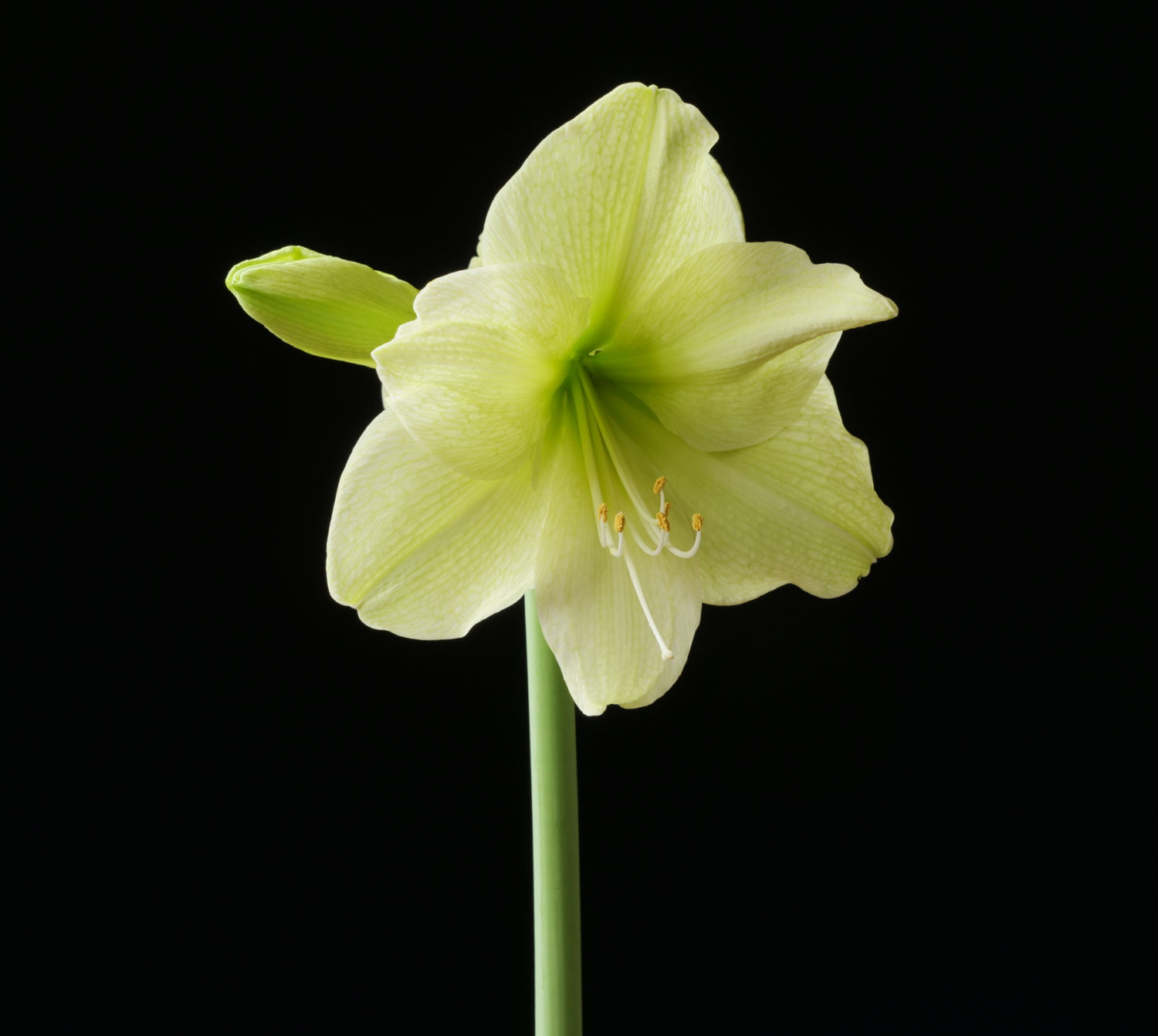
Lucky for me, I knew just who to ask regarding this mystery bloomer. Texting a photo to Vlad at Bulb in A Box yielded a surprising, but firm answer: “that’s Fantasy”. Sure enough, looking at most recent images of ‘Fantasy’ (officially ‘Fantasy Dream’) online yielded the identical look of what was before me. But how could this be? I purchased ‘Fantasy Dream’ in 2011 and again in 2012, just as it was introduced. It was nice enough, but not quite this nice. It had a very flat face at opening, an unusually open center where the tepals attached, and a pale cream color with most of the light yellow-green confined to the heart as it aged.
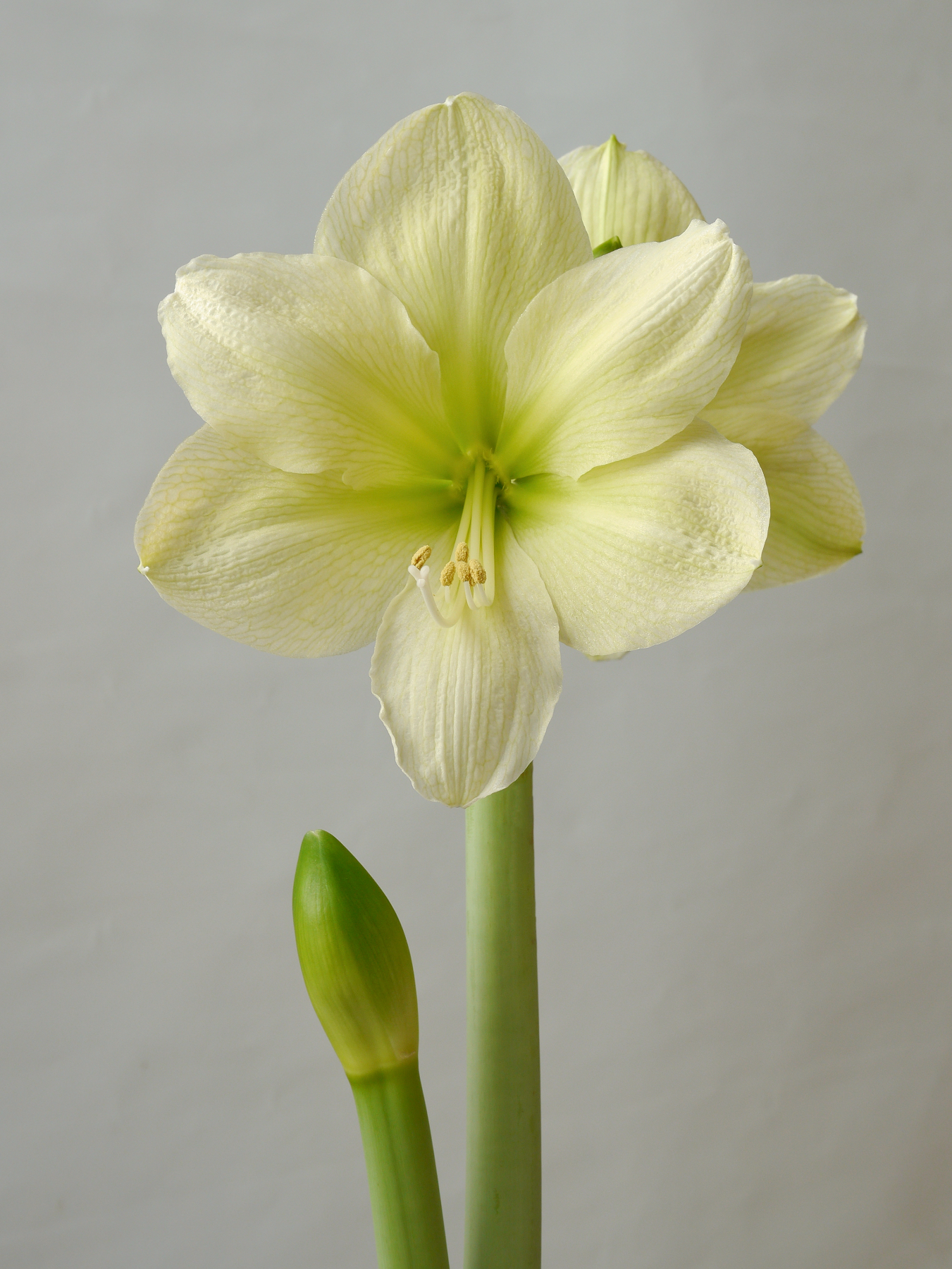
The more I looked online, the more intrigued I became. Older images from 2011-2013 show the form above. Open, flat, not very large, and very light in color. Florida’s own “Amaryllis Man” of YouTube fame depicts the above type in videos up until 2016; while a 2020 video shows the greener clone I am enjoying at home these days. Same for sites like “Dave’s Garden” and National Gardening Association. So, what happened?
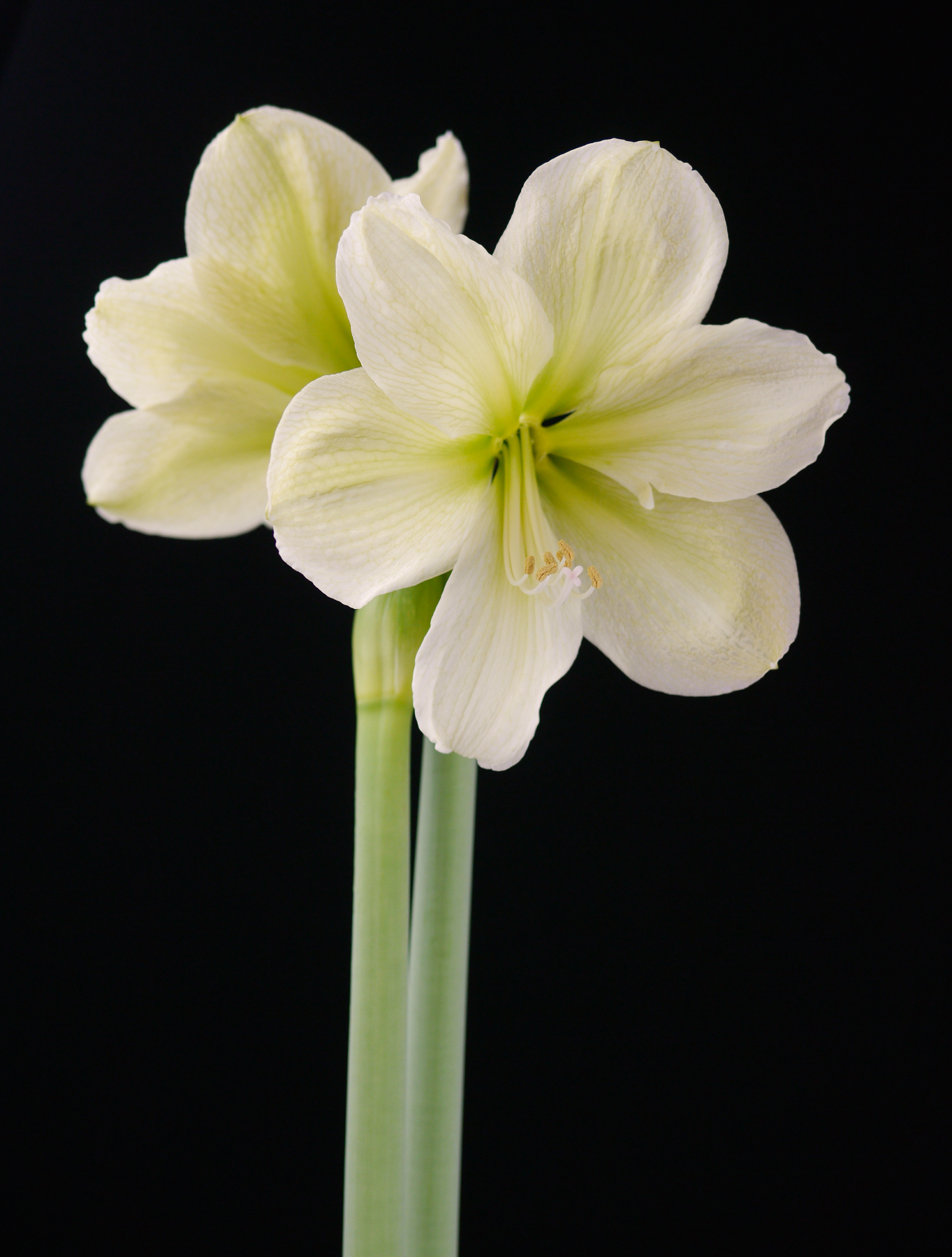
Sometime after introduction, and well after the arduous registration process, someone surely noted that the clone had some deficiencies as compared to one of the other yellowish-green varieties in trial. Then, presto chango! An arguably better cultivar is brought up to production, and released. Since the name ‘Fantasy’ was already being used as shorthand for ‘Fantasy Dream’, and stock photos are usually not overly scrutinized, it wasn’t difficult to quietly retire one in favor of the other. It should be noted (just to add some more confusion) that the very different ‘Gervase’ is sometimes also marketed with the unofficial moniker ‘Fantasy’ (I guess the name ‘Gervase’ isn’t festive enough for that particolored variety).
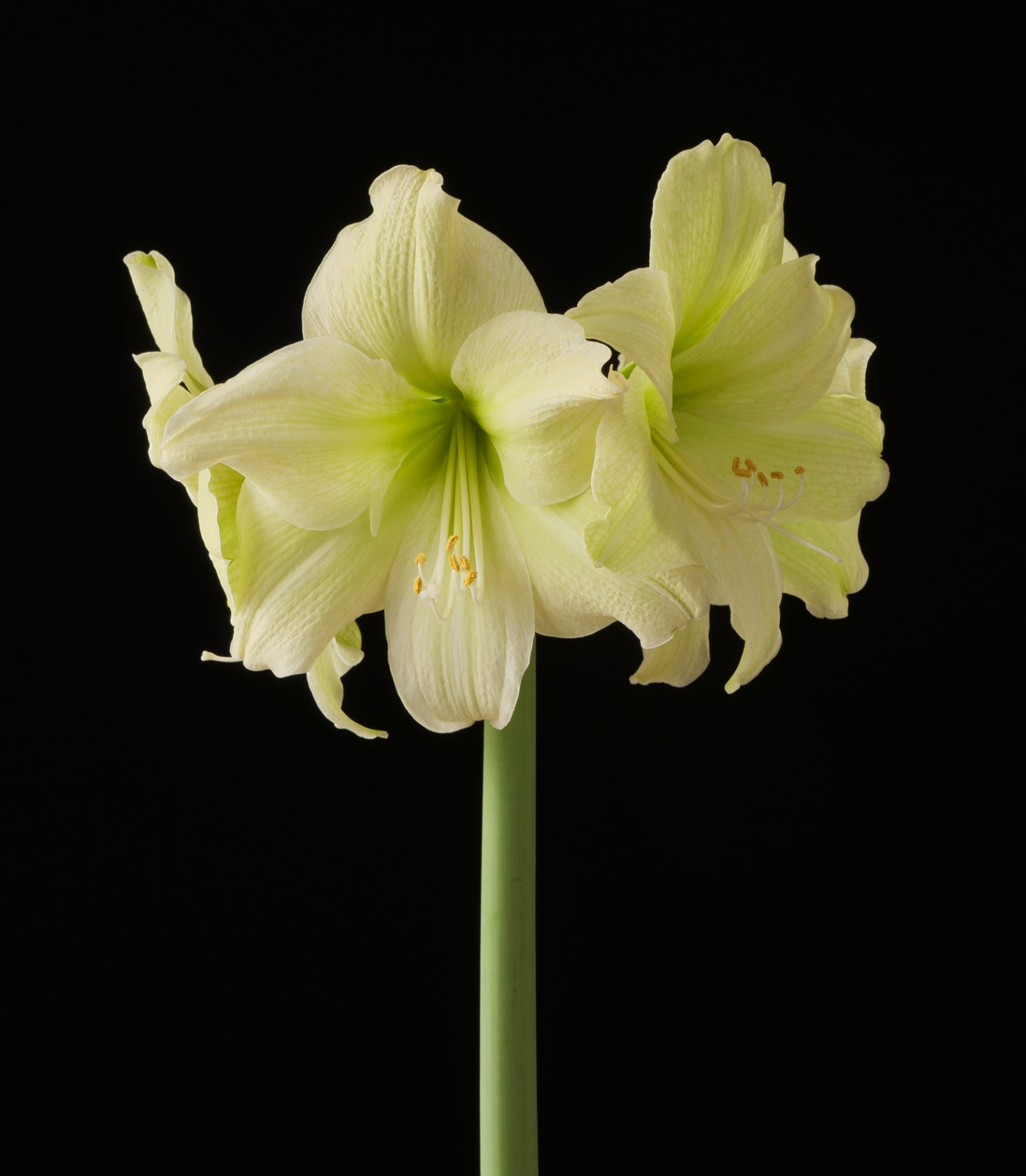
This translucent beauty is a hybrid of considerable merit, so there was no chagrin whatsoever regarding this rather happy substitution. The doubtfully still available ‘Lemon Lime’ certainly has the glow of this newcomer, but here you get more per scape, and much larger flowers that never make salmon markings. It is certainly one that Penning’s breeding program can be justly proud of, and doubtless it is sibling to similar cutflower variety ‘Avalanche’. Penning has been working on the cream-yellow-green types for some time, with pale ‘Moonlight’ followed by slightly more yellow-green ‘Luna’, which still seems to be in production at writing.
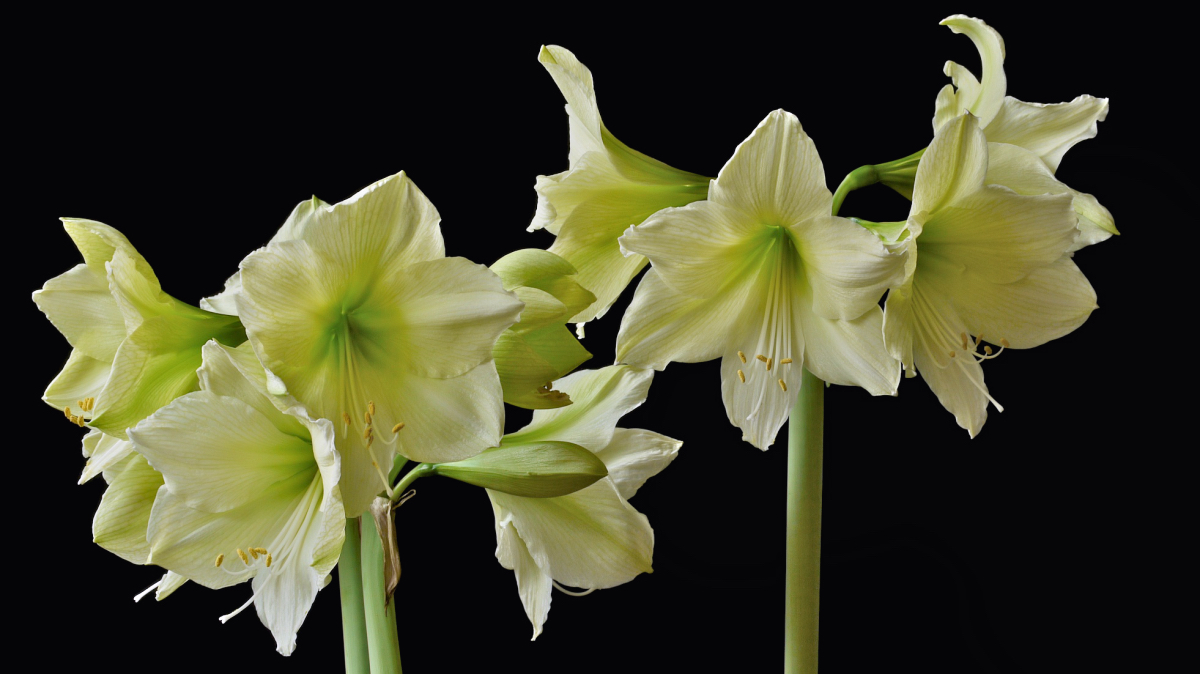
While the older cultivars promoted the yellow tint seen as the flowers opened, the ultimate primary color was cream to white as they aged. N.L. van Geest’s 2000 registered ‘Lemon Star’ falls into this category, but its size and overall excellence saw it outlast the likes of ‘Moonlight’, indeed it is still rightfully popular. Barely on anyone’s radar was the briefly offered Oudendam hybrid ‘Louise’ which popped up for the 2010-2012 seasons, then quickly dissapeared. It wasn’t absolutely amazing by any stretch, but it was classy and refined, and faded out to a lovely, soft and pale straw yellow. I kinda miss ‘Louise’.
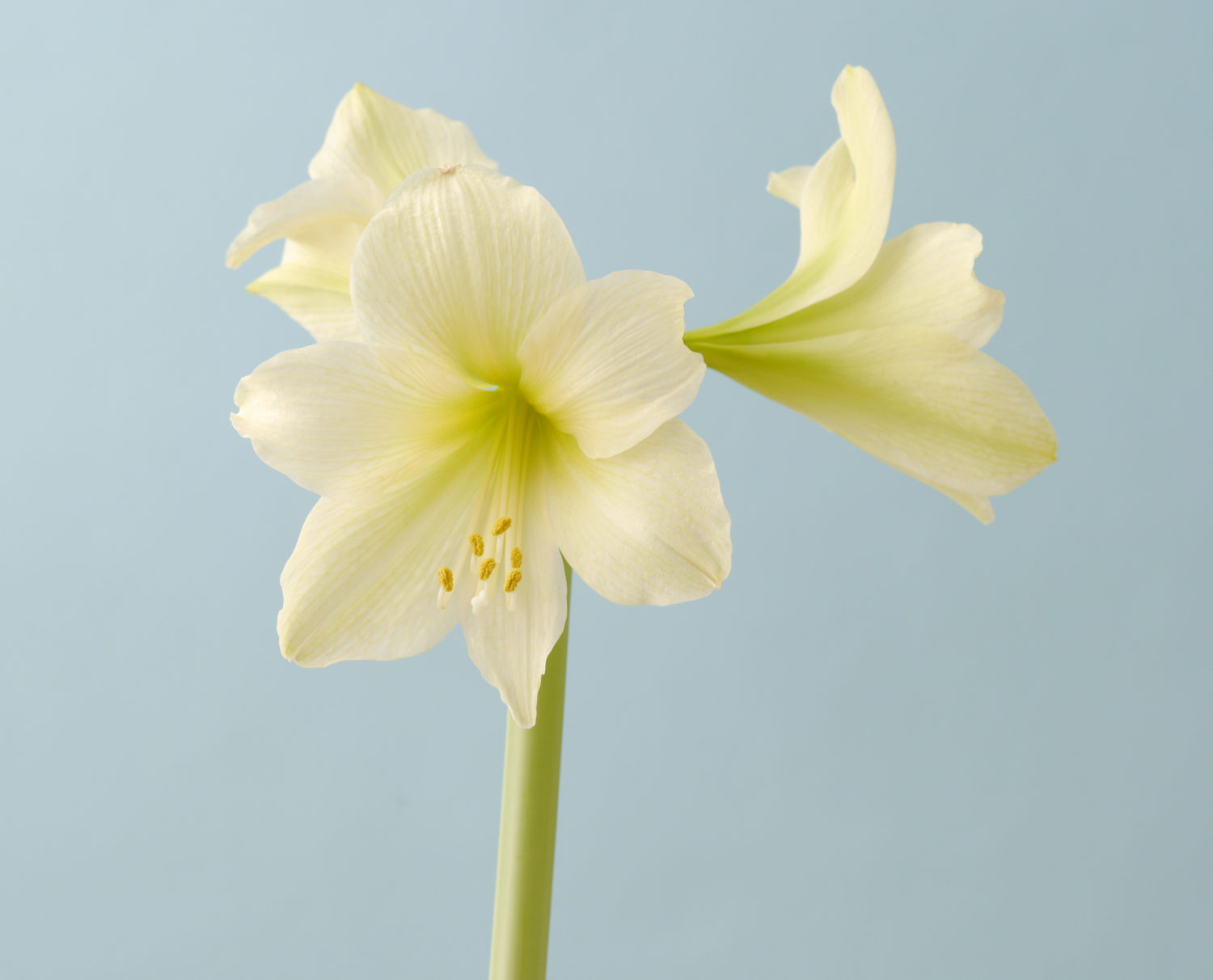
While Hippeastrum hybrids are most famous for the bold, vivid and saturated colors that they can offer, these creamy, soft yellow-green varieties offer subtlety and the ability to blend with other colors whether in a vase or mixed with others on your windowsill. Those closer to green are exceptionally cool, refreshing and serene. Discontinued ‘Green Dragon’, and the currently popular and spidery ‘Evergreen’ are cases in point. If you are looking for a Hippeastrum hybrid that also happens to be large-flowered, clean-faced and long lasting, stop dreaming and look no further than (“new”) ‘Fantasy’ (“Improved”/ “II”/”V2.0”).

Leave a Reply